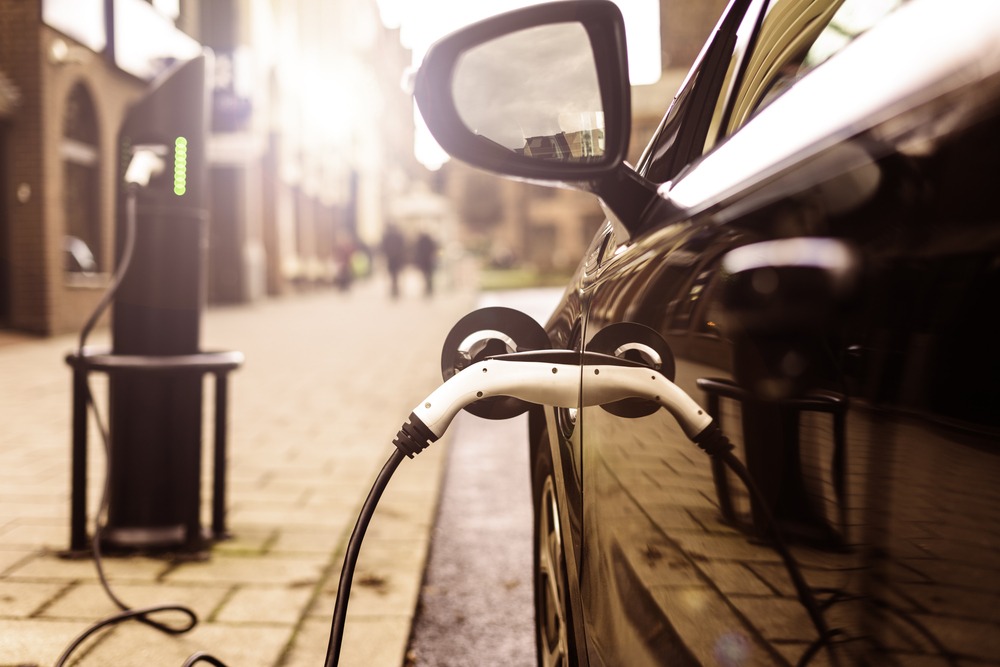
Plug-in electric vehicles (PEVs) adoption is affected by several factors, namely government policies, consumer preferences and battery technology.
These factors were examined in the U.S. Energy Information Administration’s 2017 International Energy Outlook.
In 2015, there were 1.2 million PEVs on the road, but still only make up less than 1 percent of vehicles sold globally.
The report developed two scenarios – one in which PEV adoption remained low through 2040 and one in which adoption was high – to make predictions on world energy consumption.
Petroleum consumption in the low adoption scenario is nearly 2 quadrillion British thermal units (Btu) higher than the reference case, and electricity use is nearly 1 quadrillion Btu less.
In the high adoption scenario, petroleum use is 2.75 quadrillion Btu lower than in the reference case, but electricity use is 1.8 quadrillion Btu more.
“The side cases only address changes in adoption of PEVs in the light-duty vehicle sector and do not address PEVs in the two-and-three-wheeler sector or in buses,” Melissa Lynes, transportation industry economist and the report’s principal contributor, said. “The focus is on the light-duty vehicle sector because globally, light-duty vehicles consume more energy than any other mode of transportation, and most of the PEV policies are for light-duty vehicles.”